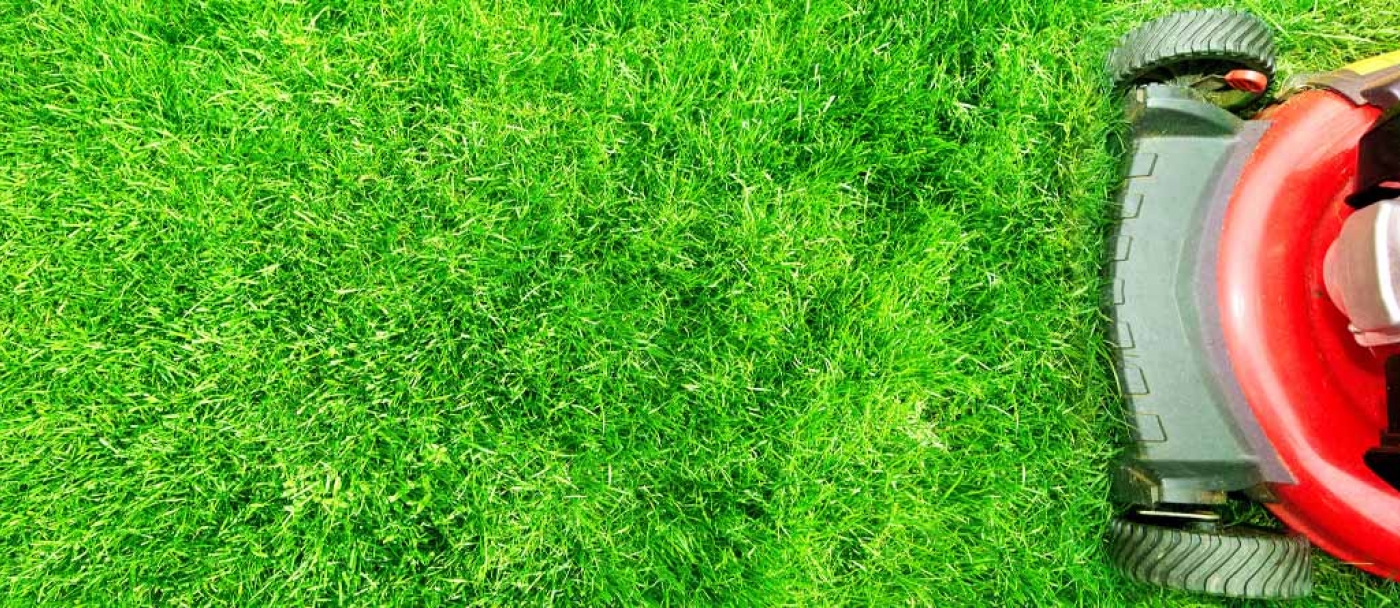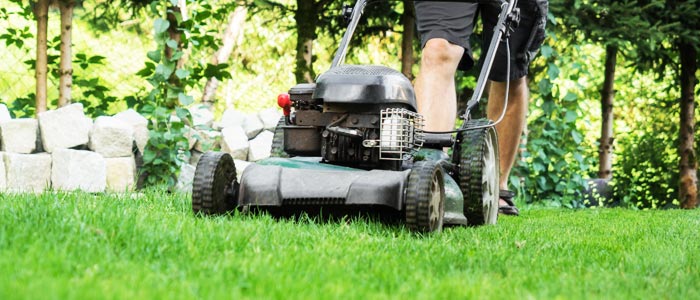Lawn Mower Care for the Perfect Lawn

If you have a traditional walk-behind, gas-powered mower, routine maintenance will prevent expensive repairs and protect your investment by prolonging the life of your mower.
You don’t have to be a trained mechanic to keep your mower in tip-top shape, as mower care is relatively straightforward and simple. All you need is a few simple tools.
Regular Maintenance

Check the oil level regularly throughout the season. Remove the dipstick cap and wipe it with a clean rag, then reinsert the dip stick and check the level.
Ensure the blade is sharp. A yearly sharpening at the end of the season may be sufficient, but if the blade is subjected to rocks or large branches, it may need to be sharpened more often.
Replace the air filter at least once during the season, and more often if the engine coughs or sputters. A clogged filter puts unnecessary stress on the mower and also burns fuel less efficiently.
Clean the top of the mower after each use. Usually, a stream of water from a garden hose is enough to remove dirt and dried-on grass. This is also a good time to hose out the grass catcher. Never spray water on the mower when the engine is hot.
Maintenance at the End of the Season

Drain any fuel remaining in the tank, and then start with fresh gas in the spring. The easiest way to accomplish this is to simply run the mower until the tank runs out of gas.
Change the oil every year. Most newer mowers have a drain plug so it isn’t necessary to tip the mower. If your mower is older, refer to the manual for specific directions.
Sharpen the blade. While it’s possible to do this task yourself with a sharpening stone, metal file or motorized grinder, many homeowners prefer to have the blade professionally sharpened.
Clean the undercarriage after you’ve drained the gas. It’s also a good idea to remove the spark plug. Stand the mower on its side and spray the underside with a strong stream of water. Remove caked-on grass with a wire brush or paint scraper.
Change the spark plug. Unhook the spark plug wire and use a socket or spark plug wrench to remove the old plug before installing the replacement.





